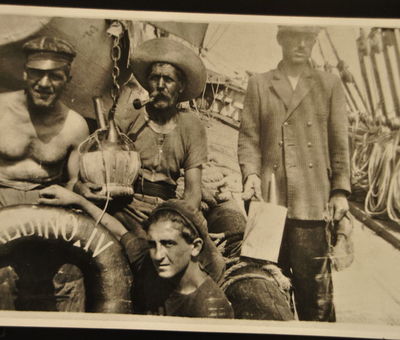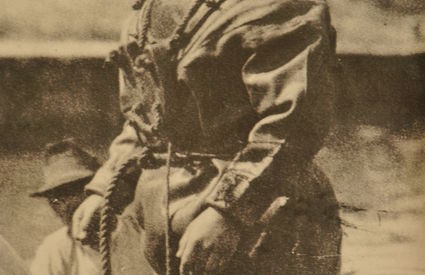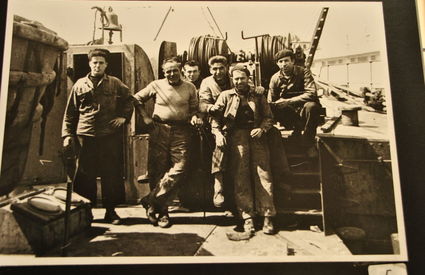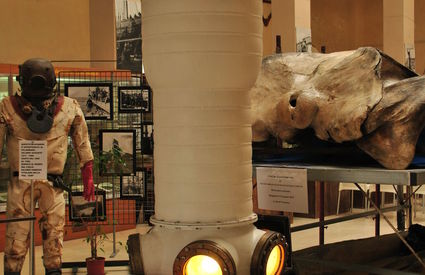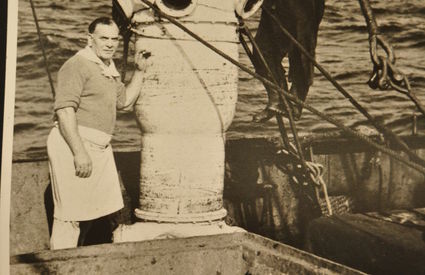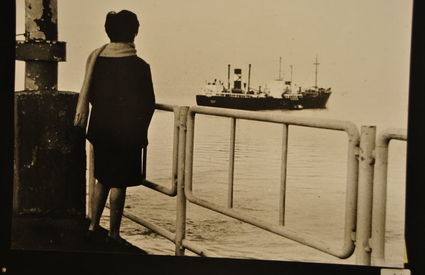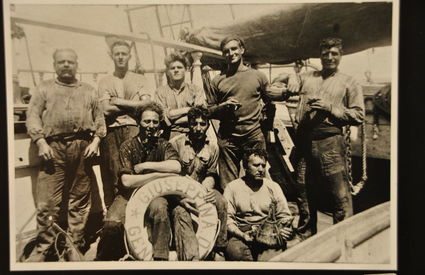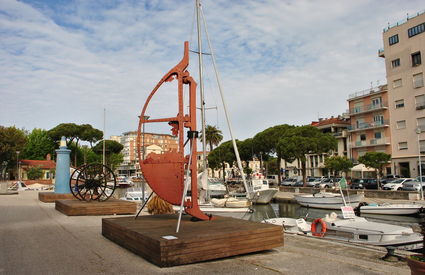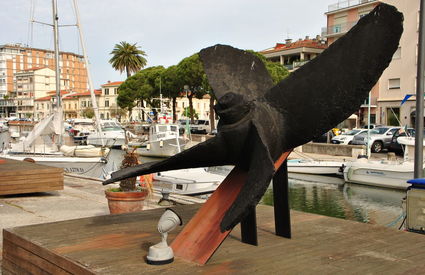Chapter #1
The Egypt
On December 7, 1930 the Artiglio, tasked with the recovery of gold bullion from the Egypt, sunk in the waters off of Brest, France, leading to the loss of 14 men. Among the dead were the divers Alberto Gianni, Aristide Franceschi, Alberto Bargellini and sailor Romualdo Cortopassi, all hailing from Viareggio.
The Artiglio had succeeded in locating the wreck and this led both the ship and the city of Viareggio itself to be named in newspapers across the globe.


